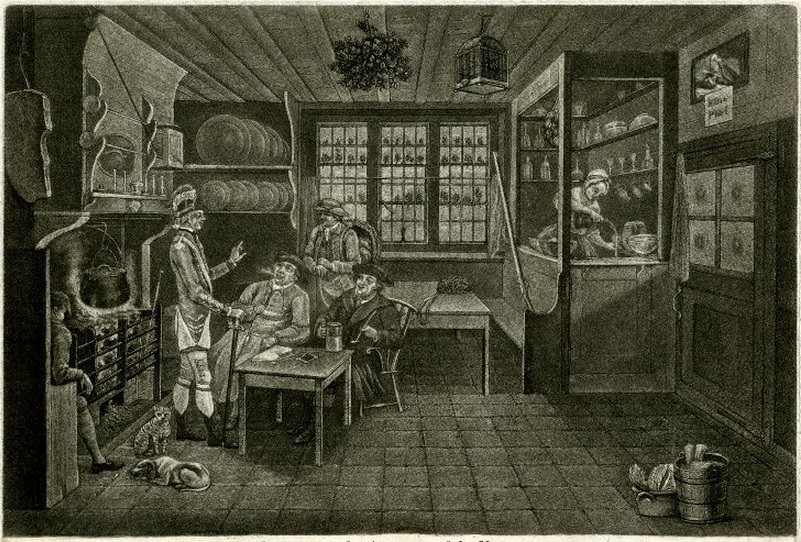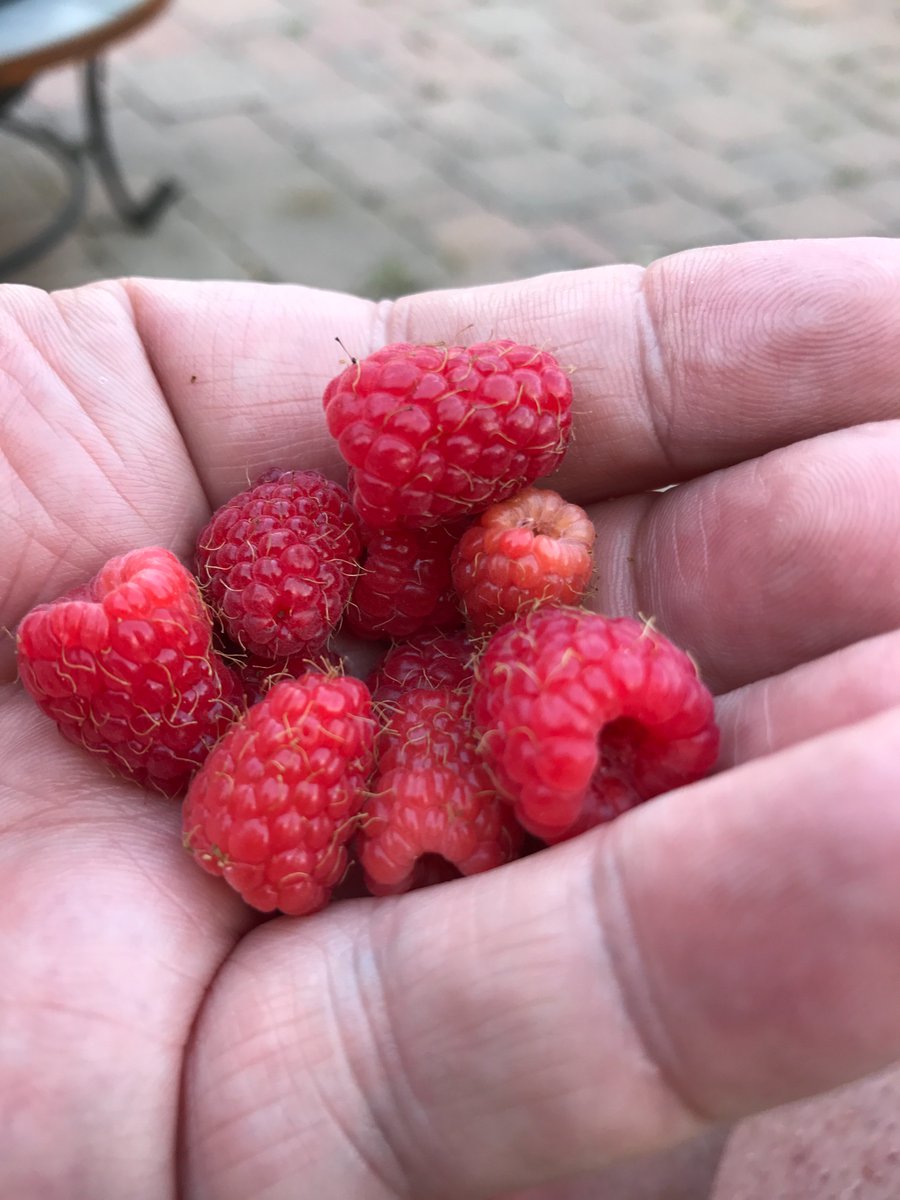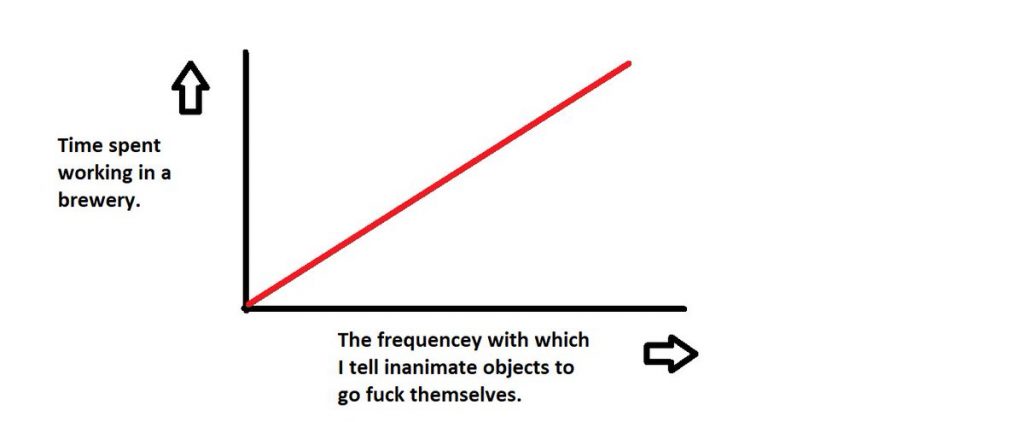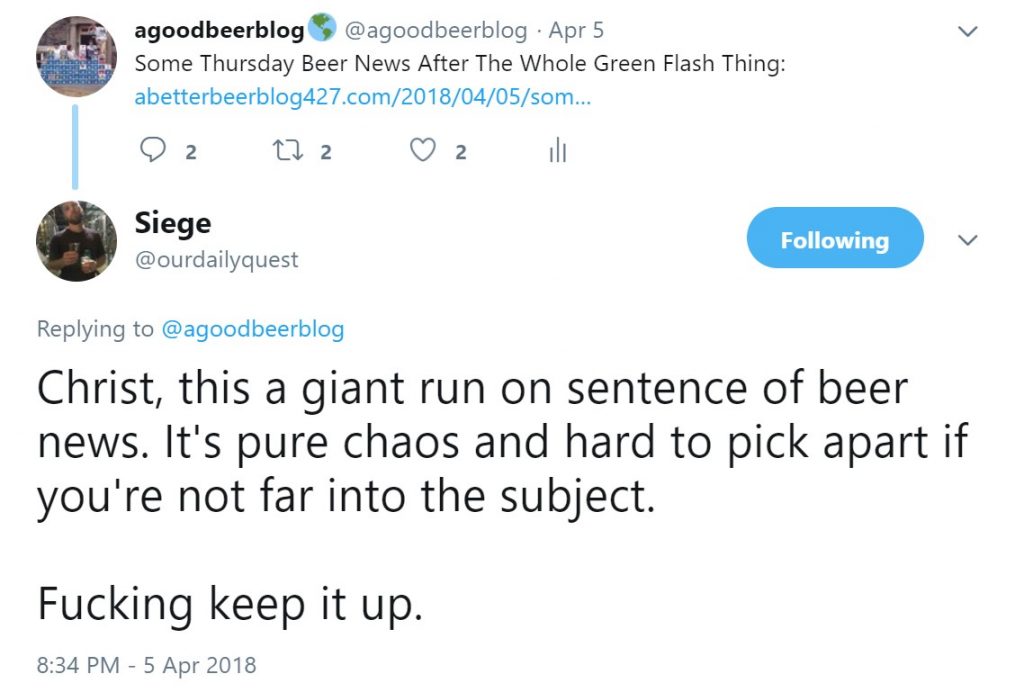It’s gone a bit quiet, hasn’t it. Yes, yes… there’s lockdown after lockdown all around – but there’s also winter settling in and Yuletide, too. Watching the UK – French blockade news is disheartening but at least France 24 is reporting all the Scottish scallops now in Paris have been sold. So, while we can’t be like those folk above from 1775 – and while we can’t even be down the pub with Santa Sid – we can more quietly mark the season and the day as our beliefs guide us. Go make a snow angel or just watch the stars overheard if the clouds take a break. Or do whatever you want… MNSFW. It’s too late anyway, December 23rd as I write this. Tibb’s Eve in Newfoundland. Too late to change what’s happening now. The arse is out of it. We have bought the gifts, loaded the larder, filled the buttery and started to drain the bottles. Not quite the new roaring ’20s yet still a welcome break from the lockdowns.
Lockdowns. Always the lockdowns. One report on the lockdown from the auslanders on the way out of the EU comes from The Retired Man Named Martin who went out a shipping in Sheffield:
Well, there was no panic buying. Perhaps because Northerners are less reliant on brie than London, perhaps because Morrisons are better at stocking shelves than Waitrose, perhaps because there’s a choice of a dozen supermarkets within a mile radius.
No panic. Good. No one needs that. Similarly – but a word that beer nerds like to deny – one of the most important in brewing is also on the go. Consolidation. As Cookie noted, it is interesting then to read news of CAMRA welcoming one particular deal:
The Campaign for Real Ale said: “While we still need to see the detail of this deal, at first glance it appears a positive move. We hope this means that Marston’s will continue to run the pubs as beloved locals, securing their future for the communities that use them and the people they employ.” Findlay pledged to continue with Brains beers and said its tenanted tied pubs would now be able to stock the ales made by the Carlsberg Marston’s Brewing Company as well.
1,300 jobs saved. Maybe. Prepare ye for the top trend of Q1-Q3 2021. Consolidations are coming just as they always have after bottom is hit. Speaking of saving the day, I had no idea that there was intra-Germanic regulation of beer branding:
The consumer protection agency from the state of North Rhine-Westphalia (NRW) has now banned a beer called Colonia, produced by a Frankfurt brewery, from being sold in NRW, where Cologne is situated. The State Agency for Nature, Environment and Consumer Protection (LANUV) said the Frankfurt beer’s name and label could lead consumers to think they were buying Kölsch… The word Colonia harks back to the Latin name of the Roman colony from which the city developed, Colonia Claudia Ara Agrippinensium… The term “Kölsch” has a protected geographical indication (PGI) within the European Union, meaning that a beer can be sold under that name only if it is brewed within 50 kilometres (30 miles) of the city of Cologne.
The Beer Nut is not panicking either in this time of second or third wave – and gave a lesson to those unappointed and slightly sad mere beer experts who know not how to cram so much opinion, information and joy into just one paragraph:
Blackest of the black; shiny with a deep tan head, it looks like it promises a good time. The aroma is fairly mild, but gives you all the cocoa you could want from a porter. The flavour is where it really excels. Well, flavour and mouthfeel: the two are inextricably linked. Big and creamy, and a little chewy is how it rolls; cakey, gooey. On that texture rides dark chocolate and liquorice for two kinds of sweetshop bitterness: a rich coffee roast and then a fruity plum pudding thing at the end. It’s sumptuous, and one of those strong dark jobs that makes you wonder why breweries even bother with barrel ageing. More biggity-big no-gimmick porters please!
Speaking of excellence, Martyn noted one “ancient brewing” story that was 67% less full of lies – and utter lies – with only passing reference to Dog Fish Head and the Hymn to Ninkasi, both well trod recourses to the shortcutter, in favour of more interesting info:
The location suggests the Natufians—a hunter-gatherer group that lived along the eastern Mediterranean from 15,000 to 11,000 years ago—used beer in honoring the dead. The beer’s age—between 13,700 and 11,700 years old—is a surprise. The beverage is roughly as old as the oldest Natufian bread, from between 14,600 and 11,600 years ago, discovered at a nearby site in Jordan.
Also thinking historically-wise, Gary posted a double this week, both on the question of English Christmas ales. One about Hallett and Abbey’s version from 160 years ago and, then, the associations between the day and the beer:
The Belgians and northern French took in general to branding beer for Christmas especially after World War II. It was a progenitor to the current widespread practice by craft brewers to label beers for the Season. Anchor Brewery’s annual Christmas Ale was influential here. Its beer is spiced, a different formula each year, reflecting that part of the Christmas beer tradition. Christmas ale was never, in other words, a fixed style or type of beer. At best it might mean something special made available at Christmas. Sussex-based Harvey’s award-winning Christmas Ale, a barley wine (old Burton type), is an outstanding current example in the UK.
Never knew that. And speaking of things I had never heard of until just now, Stan released his latest Hop Queries monthly newsletter this week full of stats and non-stats sharing mucho including this about “dip hopping”:
So what do we know? Kirin began using the process in 2012 for its Grand Kirin beers. Basically, brewers there make a slurry by steeping hops for about an hour at temperatures (150-170° F) lower than found in conventional whirlpooling, then add the slurry into cooled wort before pitching yeast. Kirin found that the resulting beers contained as much linalool as dry hopped beers but less myrcene (which may mask fruity aromas associated with linalool and other oxygenated compounds). This also reduced production of 2M3MB (an onion-like off flavor).
Onion an off flavour? Don’t tell my Yuletide roasts. All in moderation, of course. And one last note. Stay within your means. Even Jude Law, the other lesser Leonardo DiCaprio, has issues with focusing on managing the load. Govern yourselves accordingly. Ho. Ho. And… ho.
There. Soon 2020 will be gone. Like I said about 1987. That one sucked. Let’s see how the last week of 2020 plays out but Trump’s going, we may now be past peak beer writer editor fawning and the vaccine is well on the way. Can’t be all bad. And remember that for more good reading check out the weekly updates from Boak and Bailey mostly every Saturday, plus more at the OCBG Podcast on Tuesday and sometimes on a Friday posts at The Fizz as well. And sign up for Katie’s weekly newsletter, The Gulp, too. Plus the venerable Full Pint podcast. And Fermentation Radio with Emma Inch. There’s the AfroBeerChick podcast as well! And have a look at Brewsround and Cabin Fever. And Ben has his own podcast, Beer and Badword (who advocates for a blog renaissance this week… though it is funny that he says “paid=good”… just means obedient far too often.) And remember BeerEdge, too. Go! Merry Christmas all you all. See you on New Year’s Eve.





 that good day which included the comment ” Jimmy hasn’t gone to bed after his night shift tarmacking the roads.” Nice. I’m on Team Jimmy. Jeff
that good day which included the comment ” Jimmy hasn’t gone to bed after his night shift tarmacking the roads.” Nice. I’m on Team Jimmy. Jeff 






